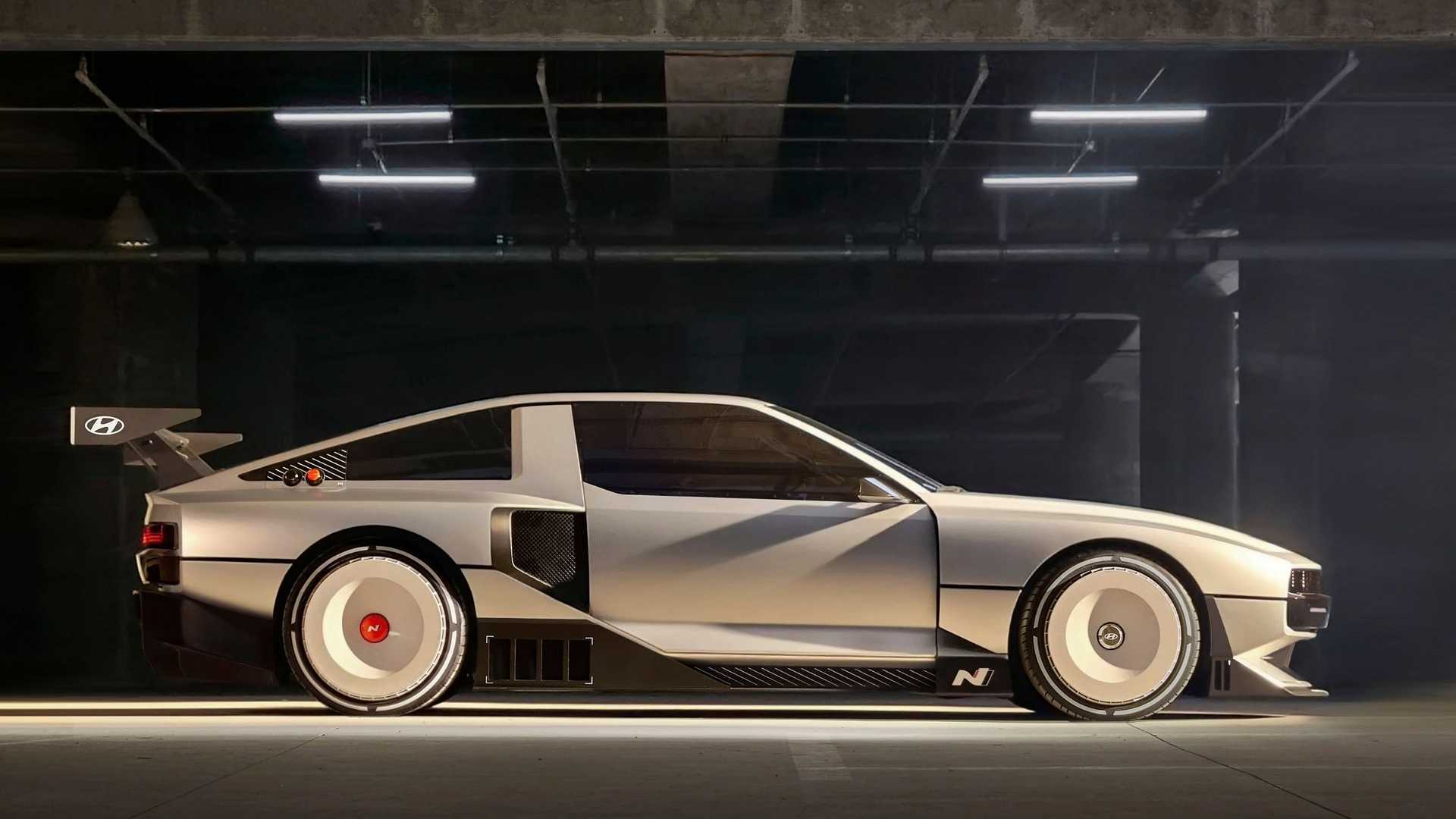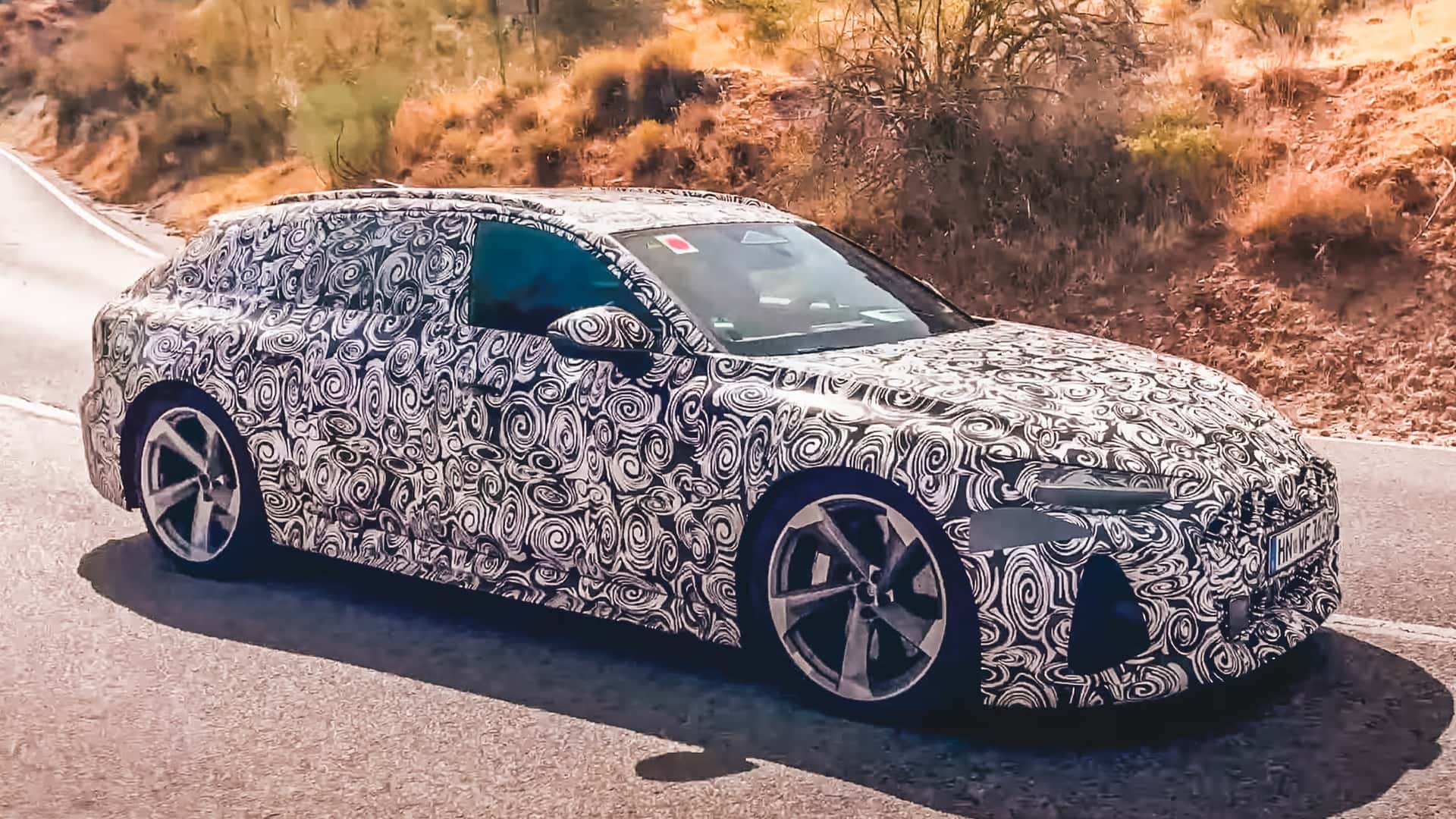10 Performance Cars From The 1990s No One Remembers
The 1990s were packed with great sports cars. From the Acura NSX, to the Ferrari F355, and, of course, the incomparable McLaren F1, well-heeled car enthusiasts had never had it better. But among the iconic headline-grabbers were many less popular models that just faded into the background.
We went through the archives to unearth some of these models and give them the recognition they deserve. By archives, we mean the stack of car magazines that we may or may not have been hoarding since the 1980s. While you may recognize some of the models listed below, we bet there are a few surprises that may have slipped your mind.
All vehicle data was sourced from the relevant manufacturers.
Alfa Romeo SZ
1989-1991
The Alfa Romeo SZ (Sprint Zagato) was a limited-production sports car designed to recapture some of Alfa Romeo's rich racing heritage at a particularly low point in the company's storied existence. The slab-sided SZ looked like nothing else at the time, or since, for that matter. The styling was a collaboration between the Zagato styling house and Alfa Romeo, and it was the first to be produced using computer-aided design (CAD/CAM) methods, which was most likely the reason for those 'interesting' proportions.
Although its looks may have been an acquired taste, the 3.0-liter V6's performance was spot on at the time. Approximately 1,036 SZs and 278 convertible RZ variants were produced. None were sold new to the US, so seeing one out in the wild is an extremely rare occurrence.
| Engine | 3.0-liter V6 |
|---|---|
| Horsepower | 207 hp |
| Torque | 181 lb-ft |
| 0-62 | 7 seconds |
BMW M5 E34
1988-1995
The BMW M5 may seem like an odd choice in a list of cars nobody remembers, but the second-generation version seems to have slipped through the cracks. It's mostly because the original E28 variant was a singular masterpiece with no direct rivals, whereas this one was seen as a softer and less exciting machine, and it no longer had the performance-sedan market all to itself. Yet the E34 still used an evolution of the iconic Paul Roche-developed M88 inline six-cylinder engine called the S38, with a capacity and power hike for the 1992 model year.
Another reason this otherwise great super sedan has faded into the background is that the next M5 was also a game-changer. Its 394 hp 4.9-liter V8 engine took performance to the next level, leaving the competition playing catch-up for years. These days, an E34 M5 is still an underrated M car, although values are starting to rise, perhaps because it was the last six-cylinder M5.
| Engine | 3.5-3.8-liter Inline-6 |
|---|---|
| Horsepower | 315-340 hp |
| Torque | 266-295 lb-ft |
| 0-60 | 5.9-6.3 seconds |
Cizeta-Moroder V16T
1991-2003
At first glance, the Cizeta-Moroder looks very much like a Lamborghini Diablo and there's a good reason for the similarity. The company was founded by an ex-Lamborghini engineer and designed by Marcello Gandini, a man credited with designing no less than ten Lamborghini models, including the Diablo.
The Moroder also used Lamborghini power. Its massive 6.0-liter 16-cylinder engine was made from two Lamborghini Urraco flat-plane V8s. The allure of a 16-cylinder supercar attracted many initial orders, but internal issues, failure to homologate for the US market, and a looming global financial crisis meant that just five cars were built during the first production run. A further six were built in the ensuing years, and all were badged simply as Cizeta V16Ts as co-founder Giorgio Moroder had left the company.
| Engine | 6.0-liter V16 |
|---|---|
| Horsepower | 540 hp |
| Torque | 400 lb-ft |
| 0-62 | 4.5 seconds |
Dodge Stealth R/T Turbo
1990-1996
The Dodge Stealth was a restyled Mitsubishi 3000GT, sold in the US with three different 3.0-liter V6 engines. The range-topping Stealth R/T had a technically advanced twin-turbo motor that gave it serious pace, while the all-wheel-drive system made it usable all year round. Despite positive reviews at the time, sales were never good, ensuring that both the Stealth and 3000GT remain a rarity today.
| Engine | 3.0-liter twin-turbo V6 |
|---|---|
| Horsepower | 300 hp |
| Torque | 3-8 lb-ft |
| 0-60 | 4.9 seconds |
Ford Taurus SHO
1992-1995
The Ford Taurus SHO (Super High Output) was introduced in 1989 as a sporty sedan with a Yamaha-designed V6 engine. It was the ultimate sleeper car, with not many exterior design cues to indicate that it had 220 hp under the hood. Three generations of Taurus SHO were produced between 1989 and 1999, the first two with a 3.0 or 3.2-liter V6, while the third generation model got a 3.4-liter V8. All were quick for their time yet looked completely innocuous.
After a ten-year hiatus, Ford reintroduced the SHO for a fourth generation, this time, with a 3.5-liter twin-turbo V6. Used examples of the 1990s models are hard to find, and good ones are now highly sought-after.
Specifications (second-generation):
| Engine | 3.0-3.2 liter V6 |
|---|---|
| Horsepower | 220 hp |
| Torque | 200-215 lb-ft |
| 0-60 | Est. 7 seconds |
Jaguar XJR-15
1990-1992
Aside from die-hard Jaguar fans, most people assume that the XJ220 was the only supercar this marque produced during the 1990s. But it was the XJR-15 that came first, and unlike the XJ220, which was supposed to be fitted with a V12 but ended up with a turbocharged V6, this Jaguar had a proper 6.0-liter V12. It was the first road car to be built from carbon fiber composites, and proved a competent race car, too. Just 53 examples were eventually built.
| Engine | 6.0-liter V12 |
|---|---|
| Horsepower | 450 hp |
| Torque | 420 lb-ft |
| 0-60 | Est. 3.9 seconds |
Lister Storm
1993-1994
It may look like a kit car from some angles, but there's no 2.0-liter Miata motor hiding beneath those awkward body panels and behind the other borrowed parts (the taillights are from an Audi 80). The Lister Storm was actually a racing car for the road, with carbon fiber bodywork and a modified 7.0-liter V12 Jaguar engine borrowed from the Le Mans race car.
| Engine | 7.0-liter V12 |
|---|---|
| Horsepower | 546 hp |
| Torque | 583 lb-ft |
| 0-60 | Est. 4 seconds |
This thing was as quick as it was ugly, but just four road cars were built. Racing versions of the Lister Storm were campaigned in various series, with a few notable wins.
Nissan Pulsar GTI-R
1990-1994
For US car fans, owning a Nissan Pulsar in the 1990s meant that life had not gone well. That's because we only got the base 1.4-liter version here, while Europe and Japan could also have a GTI-R variant that could blow the doors off most Corvettes of the time.
The Nissan Pulsar GTI-R was built to satisfy Group A homologation requirements. It had a 2.0-liter turbocharged engine, all-wheel drive, and modified suspension and drivetrain components. Just 14,613 GTI-R models were built globally, but none were offered in the US. However, the 25-year import rule now covers these models, so all hope is not lost.
| Engine | 2.0-liter turbocharged Inline-4 |
|---|---|
| Horsepower | 224 hp |
| Torque | 210 lb-ft |
| 0-60 | 5.3 seconds |
Panoz Roadster
1992-1999
Panoz is most commonly associated with racing, but it has also produced some limited-run road cars. The Panoz Roadster was introduced in 1992 as a sporty two-seater, built from lightweight materials, and fitted with the bare minimum of luxuries.
Specifications (AIV Roadster):
| Engine | 4.6-liter V8 |
|---|---|
| Horsepower | 305 hp |
| Torque | 300 lb-ft |
| 0-60 | 4.3 seconds |
In 1996, it received an aluminum chassis, and this updated model was renamed the AIV (Aluminum Intensive Roadster) to highlight its extruded aluminum spaceframe. Both roadsters used Ford V8 engines and running gear, and just 220 cars were built over the seven-year production run.
Subaru SVX
1991-1996
Subaru was making a name for itself in global rallying with the impressive turbocharged Impreza, but sales were floundering, and a high-volume model was needed to get the company back on track. Instead, it released the Giugiaro-designed SVX sports car. It was unlike any Subaru that had come before.
| Engine | 3.3-liter Flat-Six |
|---|---|
| Horsepower | 231 hp |
| Torque | 228 lb-ft |
| 0-60 | 7.3 seconds |
The flowing lines, 3.3-liter flat-six engine, and automatic transmission, made this a pretty and capable grand tourer, but not a particularly quick one. As it turned out, the buying public wasn't quite ready for a sporty two-door Subaru, and the SVX never sold in the numbers Subaru had hoped.






















































